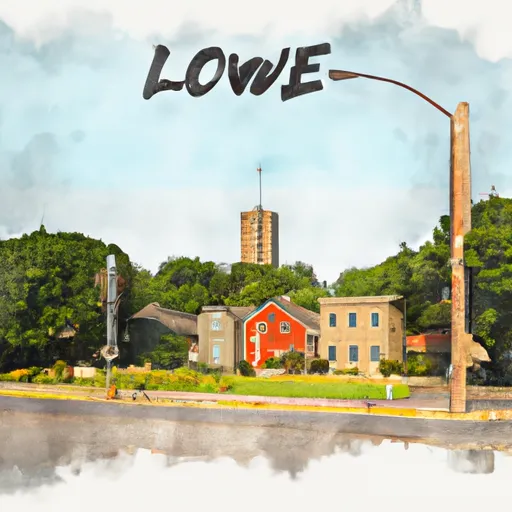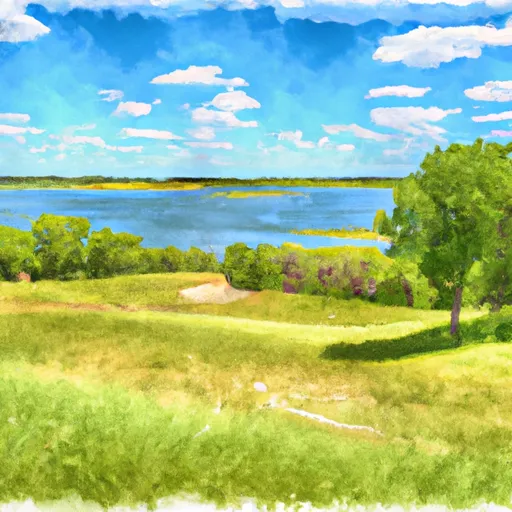°F
°F
mph
Windspeed
%
Humidity











Linn-Grove, Iowa is a small town located in Buena Vista County. Its climate is characterized by four distinct seasons. Summers are warm with temperatures often reaching the mid-80s Fahrenheit, while winters can be cold with temperatures dropping to the low 20s. Spring and autumn offer mild and pleasant weather.
The town of Linn-Grove is situated near the Little Sioux River, which plays a significant role in its hydrology constituents. The river provides a water source for various recreational activities, such as fishing and boating. The area surrounding Linn-Grove is also known for its abundance of wetlands and small lakes, creating a haven for birdwatching enthusiasts and nature lovers.
Outdoor recreation opportunities in Linn-Grove and its vicinity include hiking and biking along the river trails, picnicking in the local parks, and camping in nearby campgrounds. Fishing enthusiasts can enjoy catching a variety of fish species in the Little Sioux River and surrounding waters. The scenic beauty of the region, coupled with its diverse outdoor activities, makes Linn-Grove an attractive destination for nature enthusiasts seeking to explore the great outdoors.
Weather Forecast
Linn-Grove receives approximately 799mm of rain per year, with humidity levels near 81% and air temperatures averaging around 8°C. Linn-Grove has a plant hardyness factor of 5, meaning plants and agriculture in this region thrive during a short period during spring and early summer. Most plants will die off during the colder winter months.
Regional Streamflow Levels
149
Cubic Feet Per Second
30
Cubic Feet Per Second
24,000
Cubic Feet Per Second
28
Cubic Feet Per Second
Nearby Camping
| Camping Area | Reservations | Toilets | Showers |
|---|---|---|---|
| Legion City Park | |||
| Carson City Park | |||
| Pilot Grove Co Park | |||
| Pioneer City Park | |||
| Cocklin Fish Farm | |||
| Pierce Creek Rec Area |



